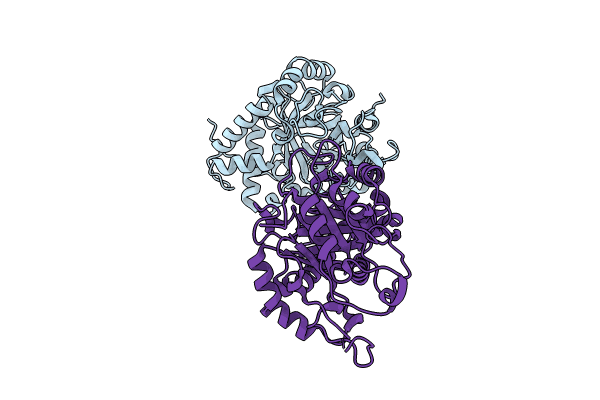
Deposition Date
2023-10-02
Release Date
2024-10-16
Last Version Date
2024-12-11
Entry Detail
PDB ID:
8UEN
Keywords:
Title:
Crystal structure of Corynebacterium ulcerans endo-beta-N-acetylglucosaminidase catalytically inactive CU43 D187A-E189A at 2.3 A (P 21 21 2)
Biological Source:
Source Organism:
Corynebacterium ulcerans (Taxon ID: 65058)
Host Organism:
Method Details:
Experimental Method:
Resolution:
2.30 Å
R-Value Free:
0.24
R-Value Work:
0.22
R-Value Observed:
0.22
Space Group:
P 21 21 2


